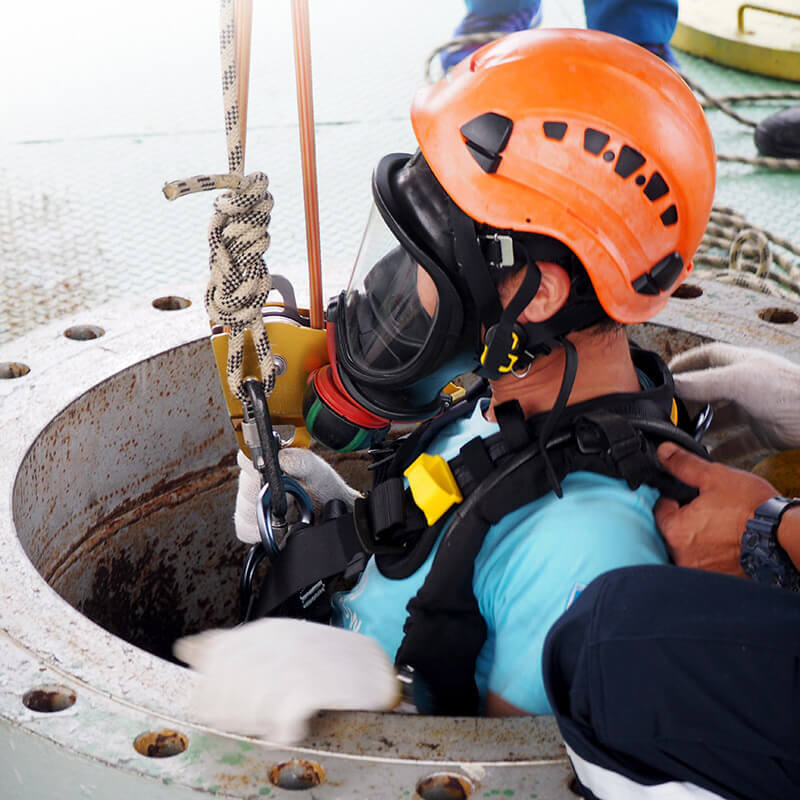Product Description
While both chain and cable chokers use a sliding choker hook that chokes and bites harder as the load increases, there are some distinct differences with how they work and what equipment is needed to support them. For example, you can use one chain choker on its own, connected to rope or cable. But to use them in a system, you may need Log Slide Assemblies, a main winch line and other related gear. Additionally, getting a chain choker under a log can be rather challenging without the use of a Grab Rod. Cable chokers, on the other hand, slide more easily under the log because they are relatively rigid, whereas chain links fold and collapse on top of one another.
This 5/16" size is just a bit beefier than the smaller 9/32" size we offer, yet both use the same hook. We also offer a larger 3/8" chain diameter option that uses a different, larger hook.
You may wonder why both chain and cable chokers exist, and that's a fair question. What we have found is that out west most use cable choker systems while out east, chain choker systems are more popular. Both work, but again, require different gear and considerations.
- Built with strong Grade 70 transport chain, matching the strength of the choker hook
- Grade 70 chain has a distinct gold color and is the chain of choice for tie down, cargo control and load securement
- Popular chain choker hook, designed specifically for logging
- A popular alternative to using wire rope chokers
- NOT FOR OVERHEAD LIFTING
Specifications
Safety Notice
Although Bishop Lifting strives to manufacture and sell the highest quality rigging and safety gear, use of the gear is dangerous if not used correctly by competent trained professionals. Bishop Lifting disclaims any liability resulting from the misuse of its rigging and safety gear. Please take a moment to more thoroughly review our disclaimer.
Bishop Lifting rigging and safety gear is only intended to be used by competent trained professionals. Misuse of the rigging and safety gear can result in serious injury up to and including loss of life. As such, Bishop Lifting disclaims liability for any misuse or incorrect product selection by our customers.
Rigging and safety gear purchased from Bishop Lifting should be used in strict accordance with all industry and OSHA standards. At no time should rigging or safety gear be used beyond its certified load ratings (aka Working Load Limits). Normal wear and tear should be expected with use of rigging and safety gear; therefore, all gear should be thoroughly inspected before each and every use. Worn or unsafe rigging and safety gear should never be used.















